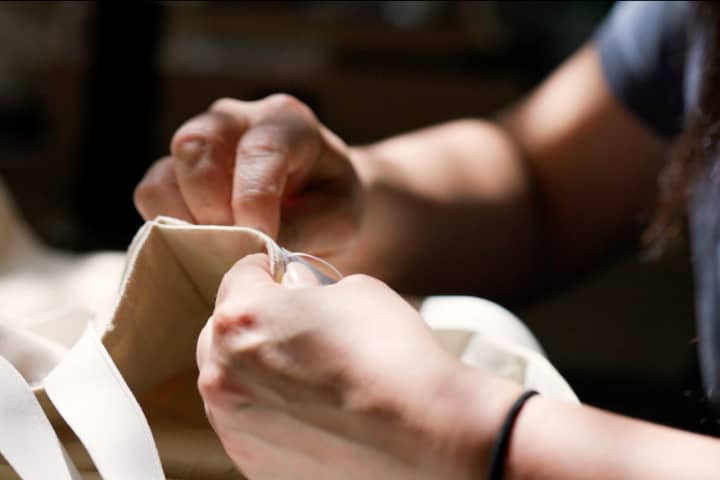Nick Schlieper illuminates the work behind his lighting design for Shakespeare's As You Like It .
How would you describe the lighting design you’re creating for As You Like It? What is the world of this play?
The environment we’ve chosen to put it in attempts to simultaneously parallel, contrast and meld two contradictory ideas that were prevalent at the time of writing: the refinements, strictures and beauty of neoclassical design (and all the other implications for what often became a foppish court), with the joys of bucolic, rustic, liberating nature, and the tension between those two extremes. At its simplest, the former having been invaded by the latter. In terms of how that’s lit, I’ll follow that same trajectory: beginning with an orderly, tidy, slightly 'organised' feeling, which then erupts into the forest – a glorious explosion of sunshine and moonshine, all things nature, with much bolder and less formalised sweeping images. I’m trying to capture the unruly side of nature in all its glory. Even though the first section of the play consists largely of daytime scenes, it won’t feel as much like natural light. Instead, it’s creating a sense of order and tidiness.
What kinds of lights/positions are you using in your design?
I’m using similar lights across the two contrasting worlds, but what changes is where the light is coming from. It’s the difference between an ordered composition, versus asymmetry and directionality. I’m trying to undermine the orderliness of the space to a degree – still working within the neoclassical room, but reinterpreting the light inside that room into an inside-out version of it. I’ve included a run of LED lamps on the very ends of the bars, which will play a large role in achieving the asymmetry. I’m supporting that asymmetry with an imbalance in the windows on each side: one side is a bit warmer, with a preponderance of light coming from the bars and booms on that side, which is offset by the ‘shadow side’. The way I work is very much drawn from painting, using chiaroscuro to varying degrees. I use shadow as an active ingredient – rather than accepting it’s an inevitable by-product, I utilise the shadow as an active contributor to that image.
 Jack Green, Richard Piper and Laurence Boxhall. Photo: Jeff Busby
Jack Green, Richard Piper and Laurence Boxhall. Photo: Jeff Busby
Is there a particular moment in the play that you’re especially excited about, regarding your design?
I particularly like the reveal of what’s behind the wall. It’s a carefully calculated moment, and Shakespeare helps out because he did know what he was doing! It’s just far enough into the evening where you think the set you’ve been looking at won’t change. It’s the moment of revelation: seeing the gloriously messy green world upstage versus the very orderly manicured strip of green you’ve seen up until that point. I’m also enjoying the challenge of getting as much as I can out of the room on stage, which is clearly an indoor scenario, bending it around corners, and creating a new shape without breaking the construct entirely.
The Forest of Arden is so green! How does this affect your lighting design?
One way of thinking about that is to take the green out of the equation initially, do what works for the moment and the space, and maintain the quality of natural light, no matter how stylised. Then you add the green back in, thinking about how much that undermines or adversely effects what you’ve done to date. Then you put in another system of lights to correct that. If it’s looking bleached out and bland, you need the ability to compensate. You add the most favourable light source, in terms of colour and direction, which has the most minimal effect on actors and costume – you don’t want green people! It’s the under-painting, but in this instance you apply the under-paint last. You do everything else first, then undo whatever damage occurs by greening up the floor and surrounds again.
Published on 1 February 2022





